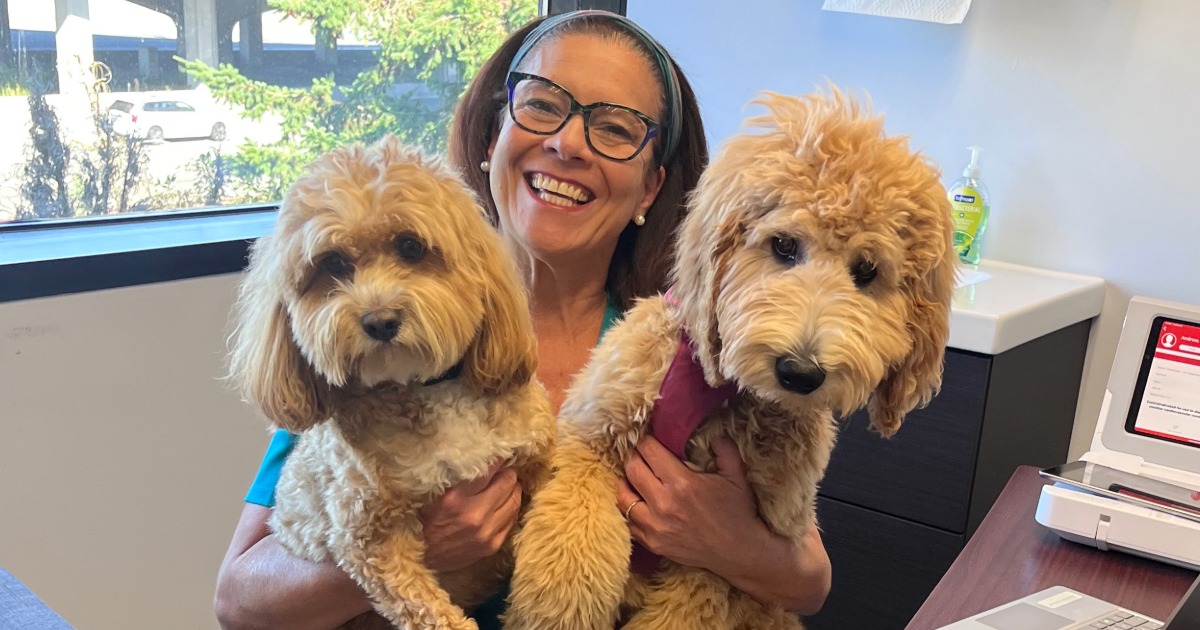Providers who have established health IT tools and changed clinical and business operations to accommodate electronic systems are prepared to take the next step toward transformation, often becoming patient-centered medical homes.
The medical home is team-based patient care, not just with physicians who are specialists in other practices but also within a primary care provider’s practice, according to Dr. John Blair, president of Taconic IPA, a large physician group in New York’s Hudson Valley.
Blair spoke with Government Health IT recently about the stages of transformation and approaches that work.
[Part 1: The 5 steps to improving patient care.]
Blair, part of the leadership team of the Hudson Valley Initiative, which deploys electronic health records (EHRs), health information exchange and patient centered medical home among a number of providers in New York. Blair is also CEO of MedAllies, a health information service provider (HISP).
Patient-centered medical home also means “getting people to work at the top of their license,” Blair said. “You don’t need a primary care doctor taking care of a congestive heart failure patient to be looking in somebody’s ear.” Rather, medical assistants can do those kinds of activities.
“We need physicians spending an hour with a complex patient, not 10 minutes with every patient,” Blair said.
In the first part of this series, Blair suggested 5 steps to making patient care better. Among other steps he recommended:
1. Everyone in the office should be working on the team. “From the person who takes the patient in and out of the office with another appointment and hopefully with an after visit summary, to the nurse rooming the patient, to the person doing the EKG, to the doctor seeing the patient, there needs to be cohesive team,” he said. That means meeting every morning to talk about the day’s patients, which allows staff to stratify the complexity of patients.
2. The patient is the main decision-maker and needs to be informed by the physician, the team and the educational materials that they supply the patient.
3. The physician takes responsibility for advising and coordinating patients’ care as they travel through the system, in particular the more complex patients. Medicare patients often see several specialists, so a primary care physician needs to be orchestrating, enforcing and following up with patients so that they are not confused and not missing appointments.
“That is not how most primary care is practiced today and that’s what needs to change,” he said.
4. Providers need agreements with hospitals and specialists to communicate back and forth about encounters with shared patients, such as missed appointments. Ideally, a care plan will move between care settings so providers understand the current problem list, active medications, allergies and the reason for referrals. Hospitals likewise need to inform primary care providers of an admission and discharge.
“Half the time, patients don’t fully understand what they’ve been sent home on and that accounts for many medication errors, duplication, omissions, wrong doses that result in the high percentage of the re-admissions,” Blair said. The primary care physician needs to act within 24 hours of a hospital discharge. Complex patients need to be seen within a week of discharge.
5. Providers should add care managers to practices to follow the most difficult and sickest of patients with chronic conditions.
In July, Hudson Valley deployed six care managers, for free, to seven practices at 10 sites with a total of 60 doctors and up to 125 patients per care manager, he said.
These are the patients who are hospitalized with $10,000-$20,000 admissions two or three times a year. Often they have psycho-social issues and are eligible for both Medicare and Medicaid. “That means establishing a relationship with them, understanding their home situation, where there are gaps and things that you can do with localized resources in the community to help them,” he explained.
[See also: ONC plans consumer health IT campaign.]
“It’s a much more hands-on focused effort than your standard doctor and practice, even a patient-centered medical home,” Blair said.
“All you have to do is keep one in three of these patients out of the hospital,” he said. Indeed, preventing one annual additional hospital admission pays for the system.
“The doctors love it. These are their toughest patients, and someone is now helping with them,” Blair added. Patient satisfaction and adherence to the treatment regime improve as they start to engage.


